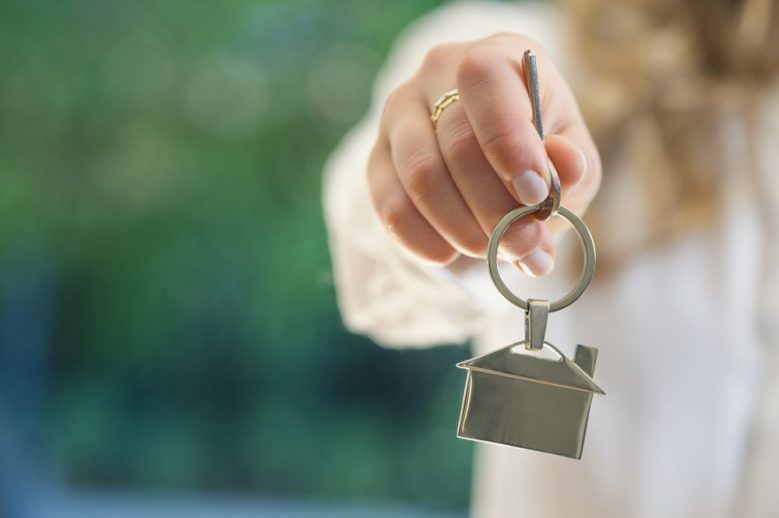What home modifications are needed most and how much are they needed? Visionary Design Development managing director, Mary Ann Jackson, analysed 50 home modification reports in Victoria to get an answer.
The homes visited were built before any advocacy for accessible housing began with a doorsill or step at the front door and tight spaces, further complicated with a screen door. Meter boxes also intruded on entry space and many fittings, such as taps and handles were poorly designed, while floor finishes were invariably not anti-slip.
According to Jackson, accessibility issues are endemic to Australia’s existing housing stock and remain a big problem when 39.5 per cent of households include a person with disability. “If it is too expensive for governments or individuals to finance the required renovations, we will need another approach,” she said. “Let’s hope the Regulatory Impact Statement due next year supports accessible design in all new homes.”
Cooperation, collaboration, and a clear recognition of the emotional, physical, and economic cost-benefit of ageing-in-place will be needed to rebuild Australia’s housing stock to better accommodate all inhabitants throughout life, Jackson said.
While government-sponsored home modifications schemes for people with disability are available in Australia, firm empirical data on what home modifications are most needed, and the scale of need is fragmented. “So, for ageing-in-place to be a reality it is evident that a significant amount of work, encompassing both accessibility and housing condition issues, is required.”
But if, in line with government policy and their own desires, older Australians wish to age-in-place where will assistance come from, in what form, and how much is enough? The issues identified indicate that retrofitting will be difficult, and costly, particularly if all that is necessary is undertaken.
“Self-financing home renovations will not be an option for many, so a national scheme will be required. Cooperation, collaboration, and a clear recognition of the emotional, physical, and economic cost-benefit of ageing-in-place will be needed to rebuild Australia’s housing stock to better accommodate all inhabitants throughout life,” Jackson said.
This article first appeared in Universal Design Australia.

